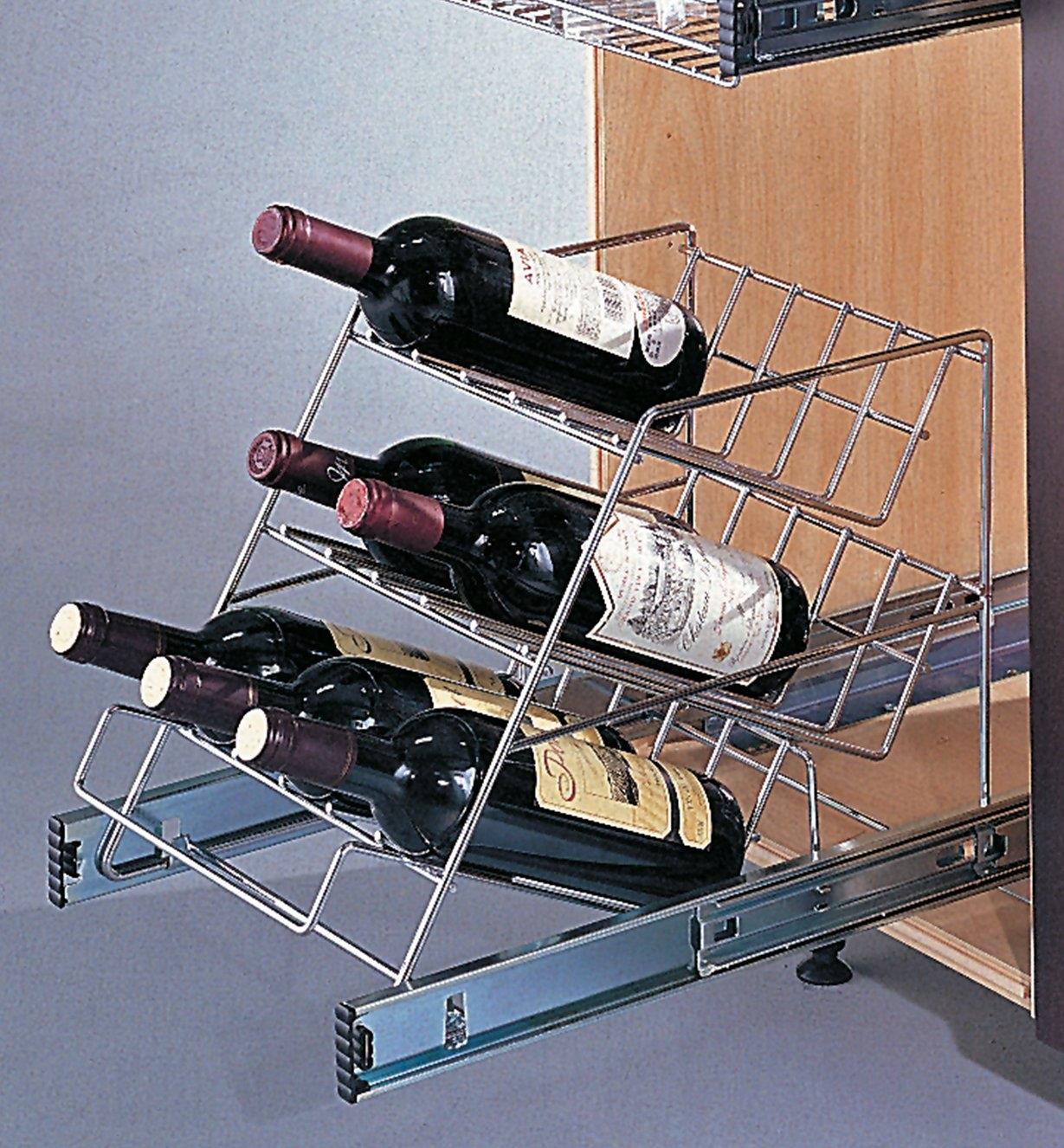


They can also focus more on their form and posture in order to master the deadlift movement-at least the upper 75% of the motion. Newbies are more likely to successfully pull off the lift without risking spinal muscle injury through the shorter range of motion. Better for Beginnersīecause of the lower injury risk, rack pulls are a better choice for beginners. You’ll still activate the glutes and hip muscles, but you’re less likely to injure your spinal muscles. This is when you’re most likely to pull or strain your lower back, especially if your form is incorrect.īut because you start at knee-height (or higher) with the rack pull, the “bottom” of the rack pull is much higher, which means there is less strain on your lower back. Your upper back gets more involved in the upper portion of the deadlift, but at the beginning, a lot of the strain is on your lower back and glutes. Rack pulls decrease your injury risk because they involve a reduced range of motion.Īt the bottom of the deadlift, when the weight is resting on the floor, it’s much more likely that you’ll engage your lower back, hips, and legs incorrectly when trying to lift. It’s a small alteration to the exercise, but it can actually lead to important distinctions between the two. Rack Pulls vs Deadlifts: The DifferencesĪs you’ve seen above, the real (and, honestly, the only) difference between rack pulls and deadlifts is that you start from the ground vs. However, because you’re pulling through a shorter range of motion, it can be easier to perform this exercise with a lower risk of injury. The benefits of rack pulls are identical to deadlifts, including a stronger lower back, better resistance when bending, increased activation of the hip extensors, better posture, and improved grip strength. Instead of bending all the way to the floor, you only bend to the rack, and you lift through a lower range of motion. Typically, the barbell will be loaded on a power rack or a squat rack set to knee height (or higher, if you want). Rack pulls are almost identical to deadlifts in one crucial way: instead of the barbell starting from the floor, you pull it off the rack. Activate your hip extensors to strengthen your lower body-core connection.Īs you can see, there are plenty of reasons the deadlift is one of the most popular posterior chain exercises around.Build better resistance to bending movements, helping to strengthen you in your activities of daily life.Strengthen your lower back to protect against injuries.
#Rack pulls full#
This is a full range of motion involving a waist bend/hip hinge that encourages great mobility in the lower body. With the deadlift, you’ll pull the bar from the floor to a standing position repeatedly. It’s a hip-hinge movement that also works your traps and lates, and of course, your forearms (for the grip). The deadlift is a full-body movement that targets the entire posterior chain, from your upper back to your lower back, glutes, hamstrings, and even your calves. Let’s start off with the Big Lift in the room: the deadlift.
#Rack pulls how to#
In this article, we’re going to explore the differences between deadlifts and rack pulls, looking at what each brings to the table, what each does better, and how to utilize both for an effective workout.īy the end of this post, you’ll know exactly how to use deadlifts and rack pulls to push your fitness to the max! Deadlifts – Overview One of the variations is an exercise by the name of rack pulls, which is actually fairly similar to the standard deadlift except for one BIG exception. It’s an exercise with a lot of variations: Romanian, stiff-legged, one-legged, landmine, cable, dumbbell, and the list goes on. The deadlift is one of the “Big Three” powerlifting moves, a game-changing exercise to train your entire posterior chain and build serious back strength.


 0 kommentar(er)
0 kommentar(er)
